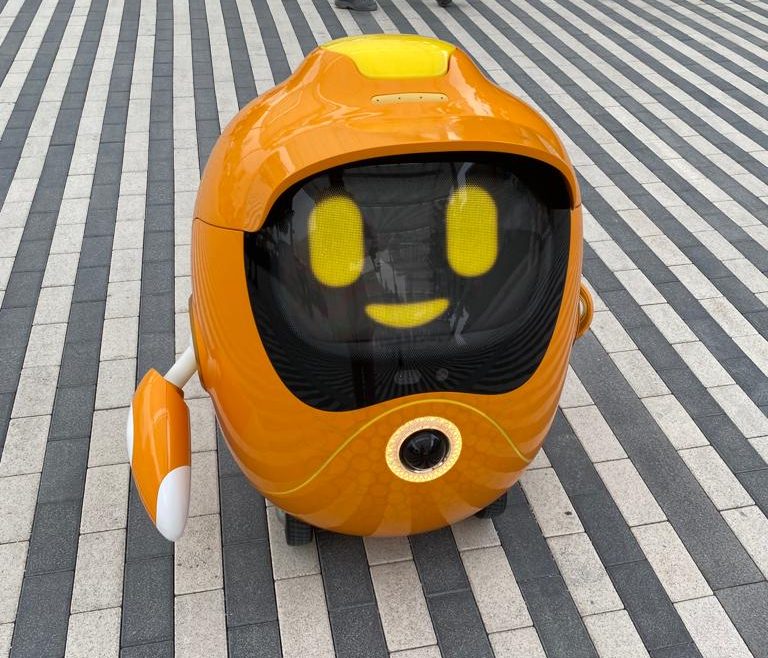The non-trivial machine: part 2
I was recently having a conversation with a colleague about a leadership program he was designing. He asked me what I thought would be a useful concept to include in a program for managers who were learning how to lead people. And what has come to mind is the concept of the non-trivial machine.
In a previous blog article, I talked about how the concept of the non-trivial machine impacted my approach to teaching. Here I would like to elaborate on how this concept can impact a manager’s approach to managing their people.
As I wrote in the article “Coaching Taught Me Leadership”, human beings are an example of so called non-trivial machines. That means we cannot expect or predict with total accuracy how a person is going to respond to certain “input”. People are complex psychological and emotional systems, and what might work for one, may not work at all for another. One and the same input can trigger a range of different outputs in different people. This is especially the case when working with a diverse workforce.
Simply giving instructions (or orders) is not enough.
Choosing to follow
Indeed, that is what leaders are facing when they manage people. Getting your team to perform productively is a lot more complex than simply giving instructions (or orders).
So, based on the premise that non-trivial machines can choose their output, then we can assume that when human beings follow a leader, it is because they have chosen to do so. They have made the decision that it is in their best interests.
So how do you get people to choose to follow you?
Understanding
Learning to lead is about understanding what drives and inspires people to do the things they do. That could be a desire for security, connection, respect, and/or growth, for example. Hence, leaders should not only to be experts in their field, but also have a good understanding of human nature. And understanding your own motives and needs lays a good foundation for that.
That explains the necessity of leadership development programs that require leaders to do a bit of soul searching and self-reflection. And the concept of the non-trivial machine can make that more logical and palatable to the more “rationally” driven.
Keep growing <3 <3 <3




